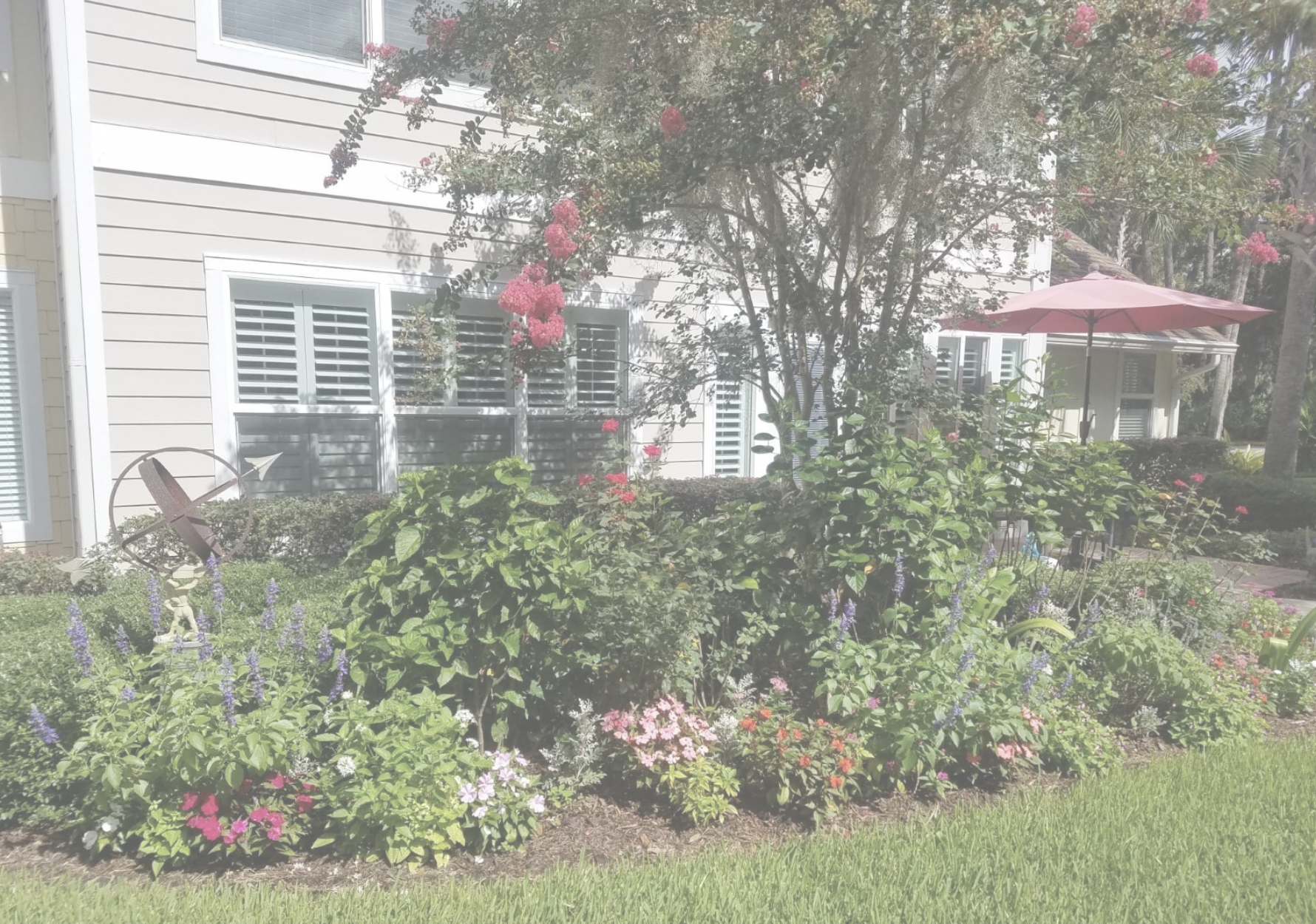Ah, Florida! Land of sunshine, sandy beaches and manatees swimming in the crystal-clear water. But what about the things that make Florida truly unique? We’re talking about Florida’s birds and blossoms. Keep your eyes peeled as you discover the many natural wonders that await you in Northern Florida.
What is Florida’s state bird and state flower?
The state bird of Florida is the charming and colorful Northern Mockingbird, who loves to sing their heart out in the early mornings. And speaking of mornings, who doesn’t love waking up to the refreshing smell of oranges? Luckily, the state flower of Florida is just that – the fragrant and beautiful Orange Blossom. Florida’s state bird and state flower perfectly capture the whimsical and delightful essence of the Sunshine State that we all know and love.
Northern Florida’s Flowering Trees
When Northern Florida’s flowering trees are in bloom, it feels like the entire world is at peace. From delicate white dogwood blossoms to show-stopping pink cherry trees, there’s no shortage of enchanting flora to admire. Northern Florida is blessed with an abundance of gorgeous flowering trees that add color and vibrancy to its landscape all year round. Some of these trees are native to the region while others were introduced and have adapted to the climatic conditions of the area. Here some of the most beautiful and popular flowering trees:
- Dogwood Trees: These trees bloom in early spring, typically between March and April, and create a sea of white, pink or red blooms. They also produce edible fruit in the summer that is loved by wildlife and humans alike.
- Crape Myrtle Trees: These trees put on a stunning show in the summer, displaying clusters of purple, pink, red and white blossoms that cover the entire tree. They are also prized for their distinctive bark which exfoliates to reveal a beautiful cinnamon-colored texture.
- Magnolia Trees: These trees are iconic in the South and are a common sight in Northern Florida. They produce large, fragrant blooms in the spring and summer that add a touch of elegance and sophistication to the landscape.
- Redbud Trees: These trees bloom in the early spring, producing bright pink or purple blossoms that appear before the leaves emerge.
- Japanese Magnolia Trees: These trees are also known as saucer magnolias, and they are prized for their stunning pink or purple blooms that appear in late winter or early spring, before the leaves emerge.
- Tabebuia Trees: These trees are known for their striking yellow, pink or purple blooms that appear in the spring. They are native to South America, but they have adapted well to the climate of Northern Florida.
Birds of North Florida and the Trees and Plants They Love
Picture this: you’re walking through the lush green forests of Northern Florida, the sun shining on your face. You hear the chirping of birds and the rustling of leaves as you go deeper into the woodland. But wait, what’s that colorful fluttering near the bushes? It’s a beautiful Northern Parula with its blue coat and glowing yellow bands. Keep your eyes peeled as you explore the beauty around you. Here are some of the most popular species of trees that attract feathered friends:
- Oak Trees: Found in abundance across North Florida, oak trees are a favorite nesting spot for many birds, including the northern cardinal and tufted titmouse. These trees also produce acorns, which can provide an essential food source during the fall and winter months.
- Pine Trees: These trees offer excellent cover for birds, especially during harsh weather conditions. In addition, certain species like the red-cockaded woodpecker require mature pine trees for their nesting sites.
- Cabbage Palms: This native palm species is a favorite roosting spot for many migratory birds, especially during the winter months.
- Wax Myrtle: Also known as the Southern Bayberry, the wax myrtle is a popular shrub/small tree among many bird species, including the American goldfinch and white-eyed vireo. The shrub’s berries are rich in fats and oils, making them an excellent food source during the colder months.
- Wild Grapevine: A climbing vine found in many wooded areas of North Florida, the wild grapevine provides a nutritious food source for birds like the yellow-billed cuckoo and various thrushes. The vine’s fruit is rich in sugar, calcium, and other essential nutrients.
- Red Mulberry: This tall, deciduous tree is a hit among many bird species, including the Eastern bluebird and scarlet tanager. The tree produces a bountiful crop of sweet, juicy fruit that is essential for many bird species during the summer months.
- Buttonbush: A native shrub found near wetlands and swamps, the buttonbush is a favored spot for many bird species, especially those that like to feed on insects like the prothonotary warbler. The shrub also produces a fruit that is high in protein and other nutrients.
Our Favorite Flowers and When and Where to Find Them Blooming
North Florida’s love affair with flowers is hardly a secret. The region boasts some of the South’s most exquisite blossoms, with a riot of colors and enticing fragrances. As local flora enthusiasts will attest, the best time to witness this beautiful display is generally in the early spring. Here are some notable examples:
- Azaleas: These popular ornamental shrubs cover North Florida’s landscape with a pink, red or white blanket, providing a bright, cheerful touch to any garden.
- Camellias: These attractive evergreens feature exquisite pink, red, or white rosette-shaped flowers that resemble peonies. Camellias typically bloom in late winter and early spring.
- Dogwood: The dogwood’s striking pink or white blossoms are some of Florida’s earliest flowers to bloom, typically in February.
- Magnolias – The southern magnolia is a North Florida staple, with large fragrant blooms that are typically white or pink and can grow to be up to a foot in diameter.
- Daylilies: These pretty perennials reach peak bloom in May and June and feature a plethora of vibrant colors, making them a favorite plant of gardeners and landscapers.
To catch a glimpse of North Florida’s stunning flora in all its glory, locals and tourists can visit botanical gardens, parks or festivals. So go ahead, take a stroll and enjoy the dazzling display of Florida nature at its finest.
Flowers, Trees and Birds You’ll See Around Vicar’s Landing
Strolling through the gardens at Vicar’s Landing is like entering a magical realm of colors, sounds and fragrances. You’ll be greeted by the whimsical flutter of hummingbirds and the cheerful chirping of finches and robins. As you mosey along, you’ll notice vibrant flowers in every shade of the rainbow, from perky pink peonies to fiery orange marigolds. As you look up, majestic oak and pine trees provide shade and serenity, like ancient guardians watching over the retirement community paradise. Come visit us at Vicar’s Landing and step into a world where nature dances to its own melodious tunes.



